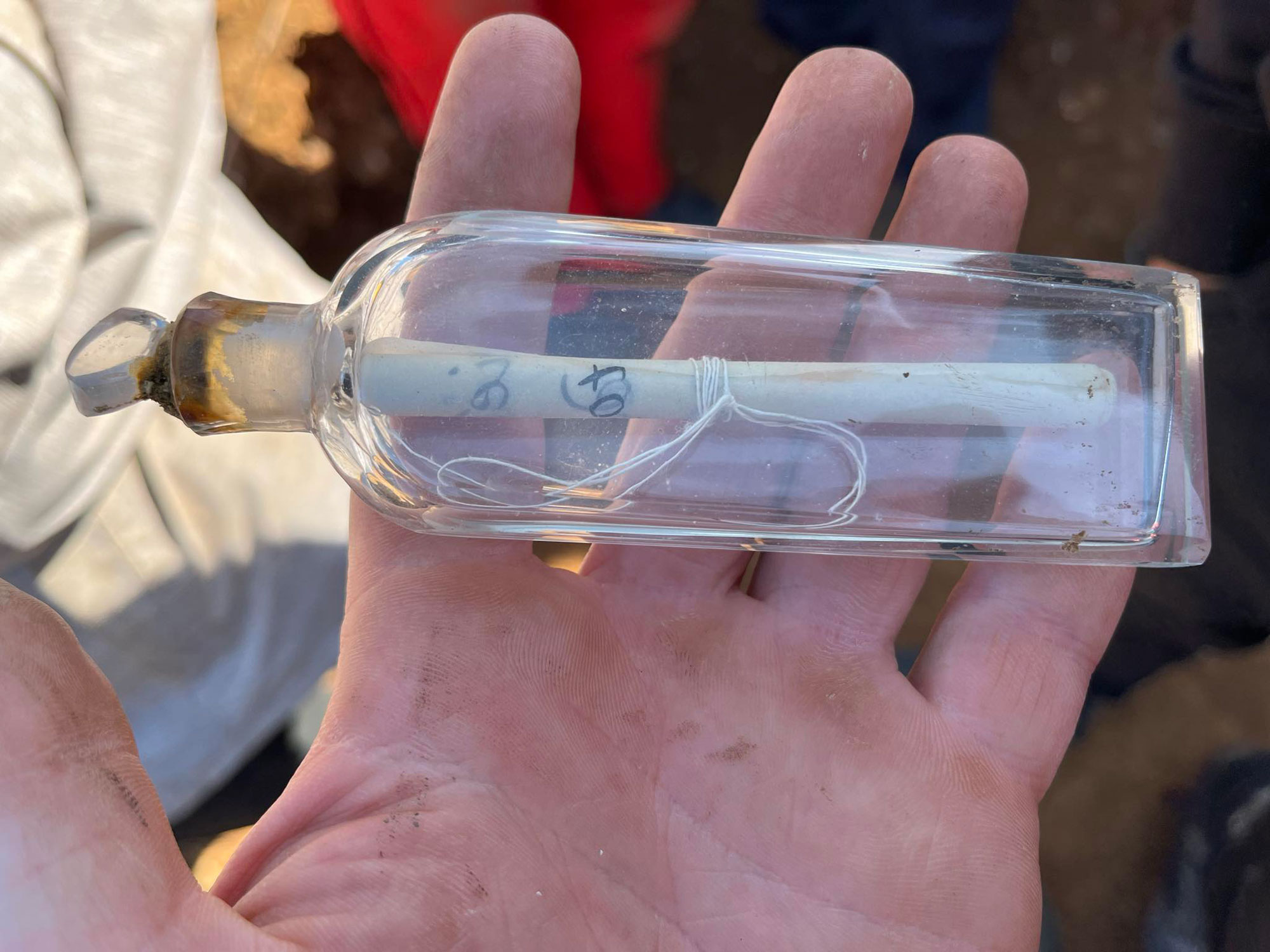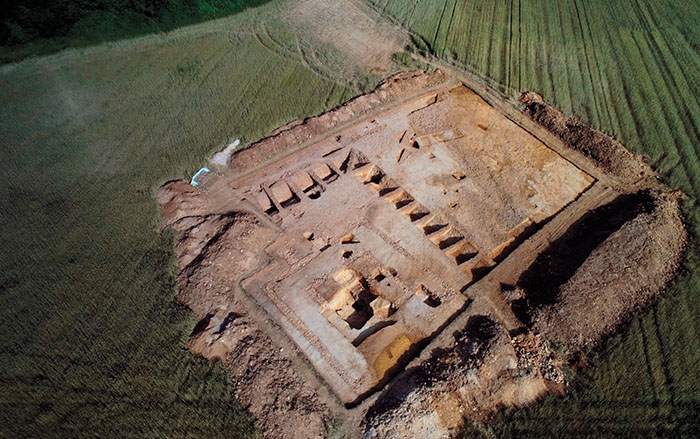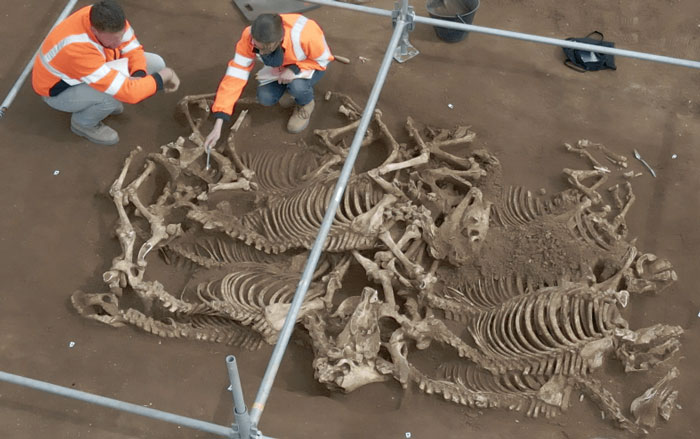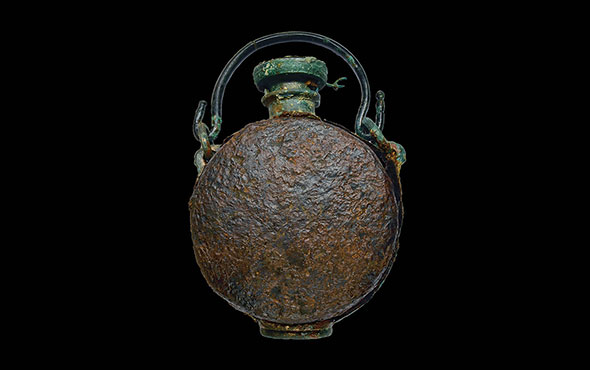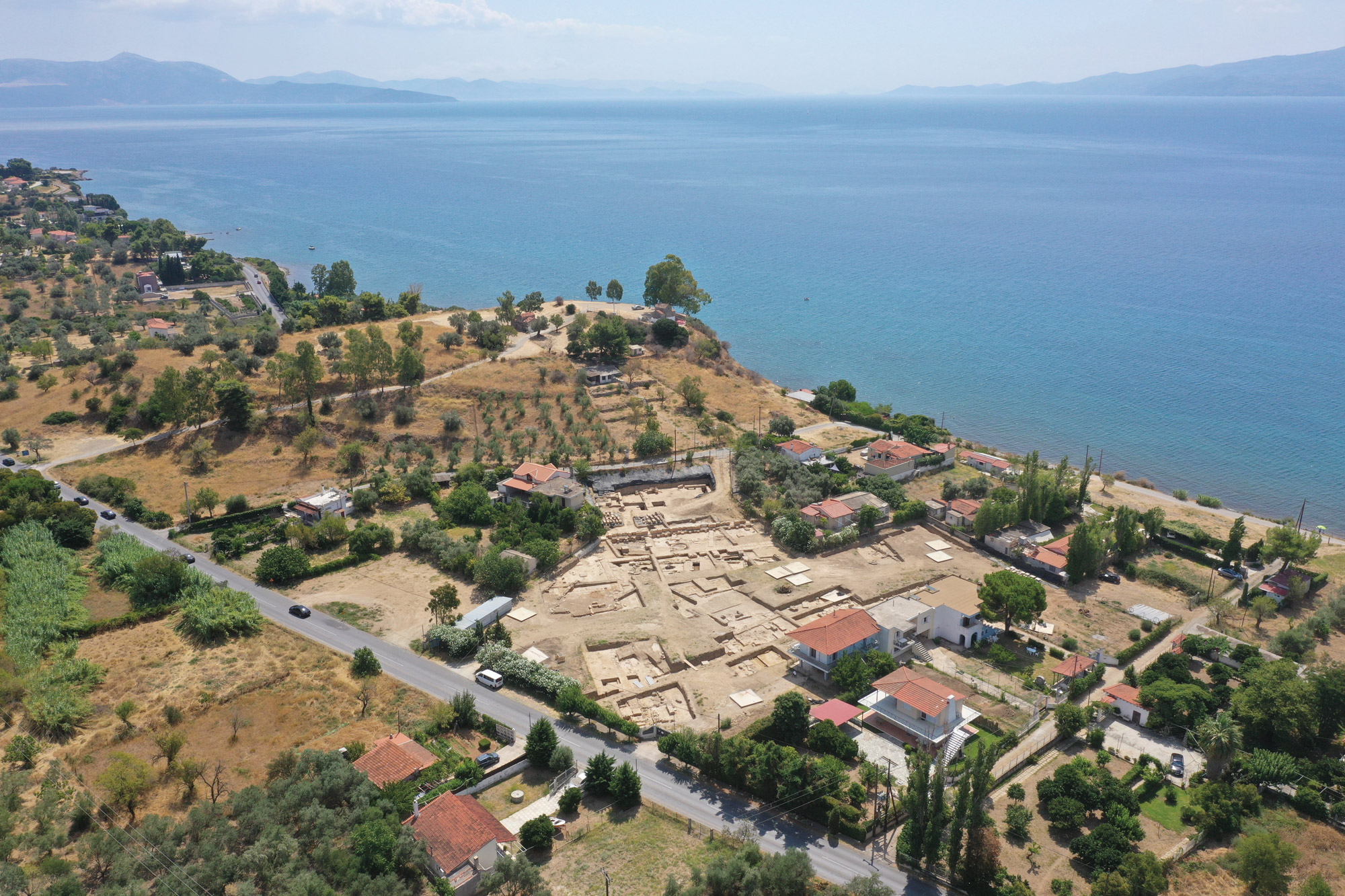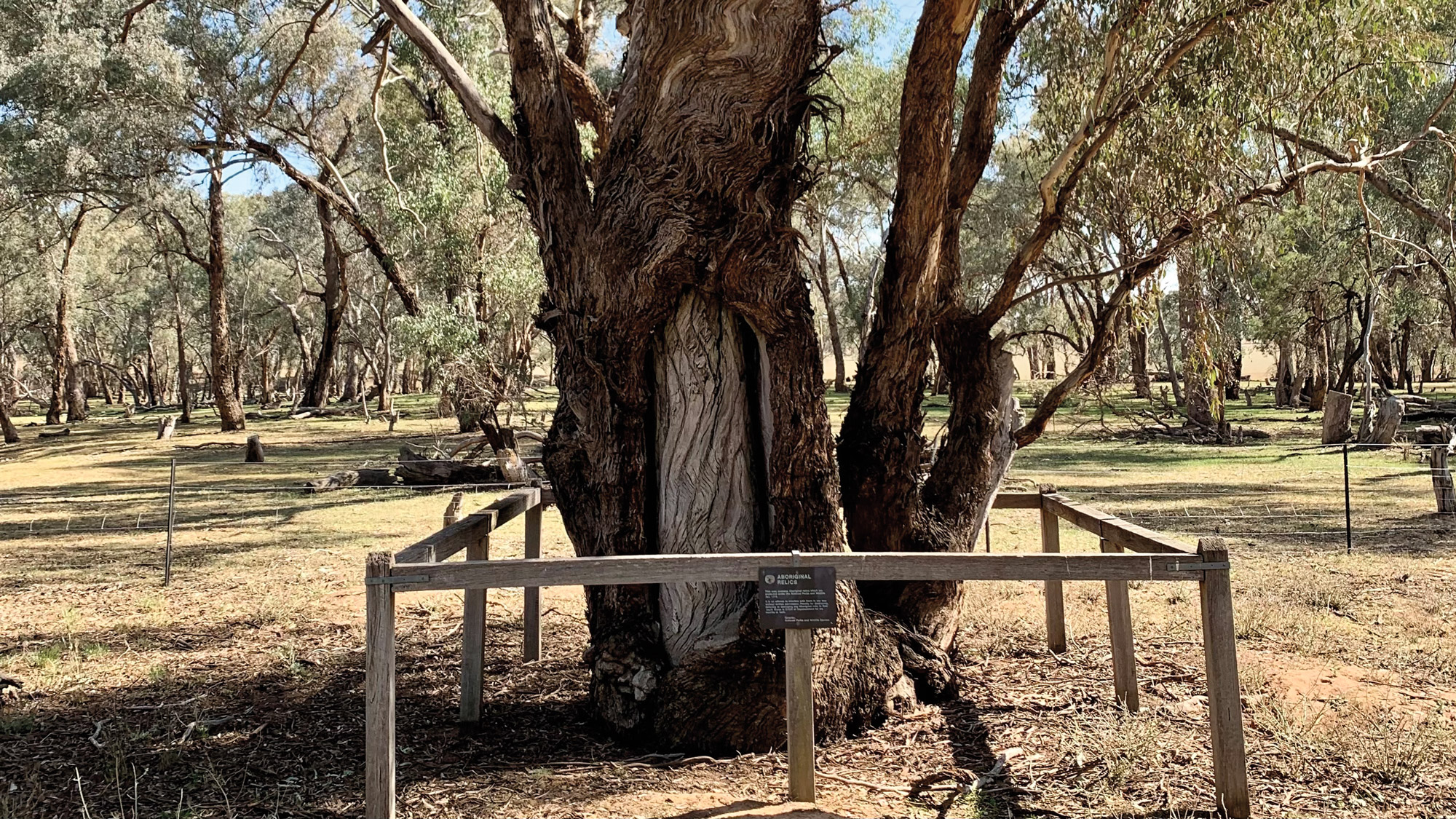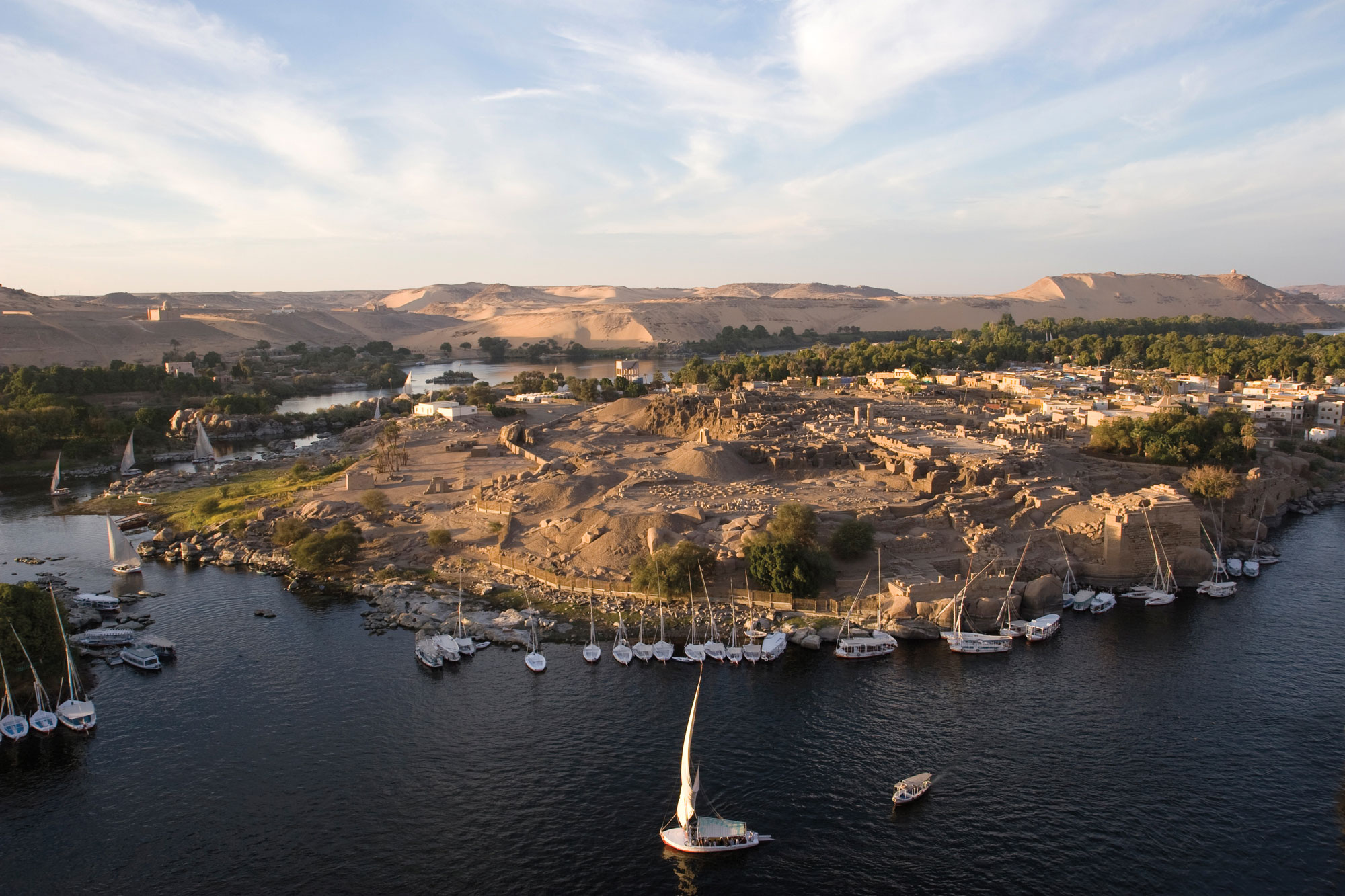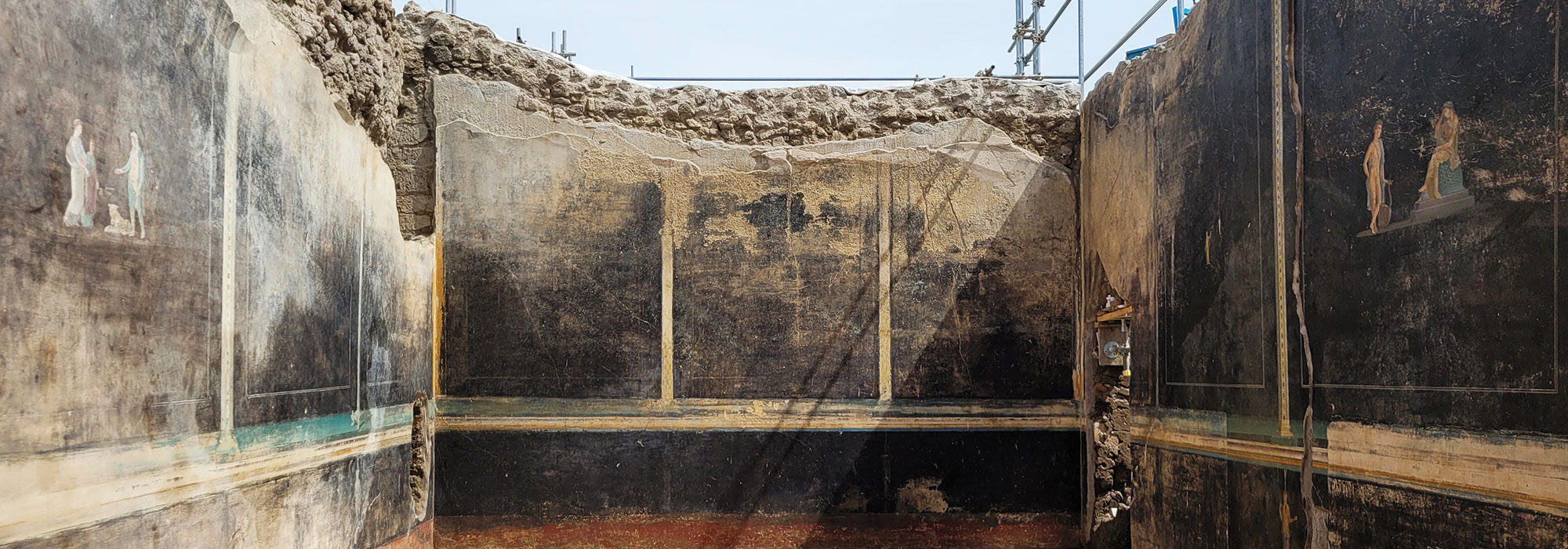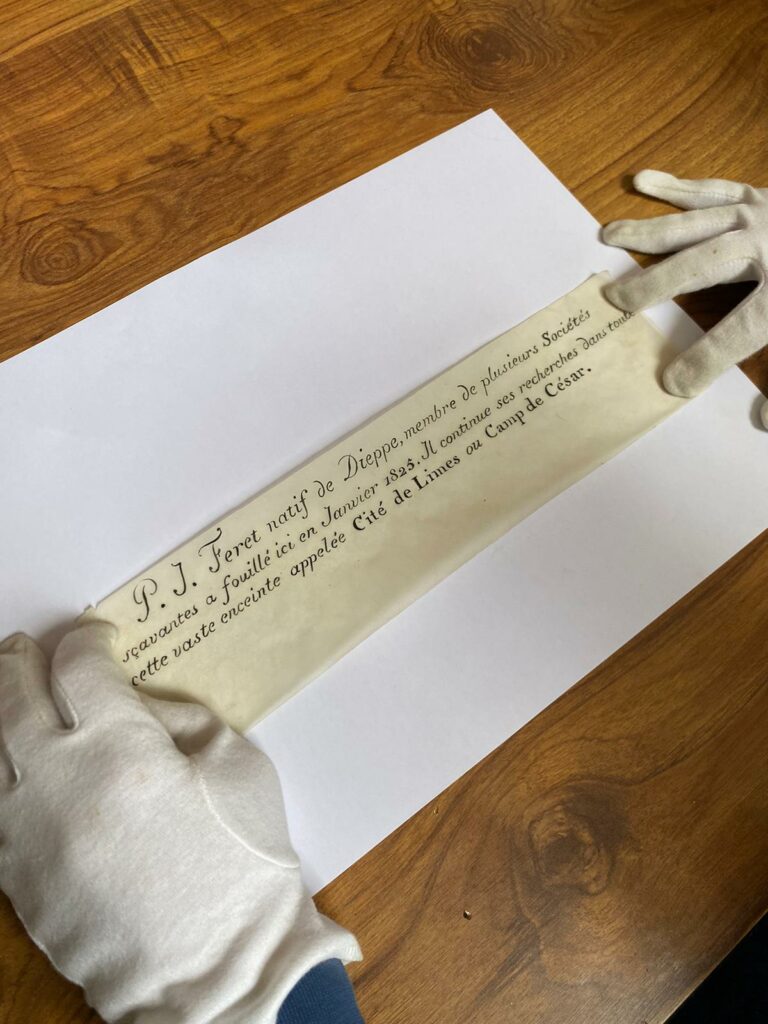
DIEPPE, FRANCE—According to a BBC News report, students discovered a message in a bottle at a Gaulish village site in northern France. Much of the 2,000-year-old fortified village has been lost to the erosion of the cliff where it is located. The message had been rolled up, tied with a string, and placed in a vial of the type that women used to wear round their necks to hold smelling salts, said municipal archaeologist Guillaume Blondel. The vial had then been placed in a pot and buried. “P.J Féret, a native of Dieppe, member of various intellectual societies, carried out excavations here in January 1825. He continues his investigations in this vast area known as the Cité de Limes or Caesar’s Camp,” reads the translated statement. Blondel compared the message to a time capsule left by carpenters who build houses. “But it’s very rare in archaeology,” he said. To read about a Roman center of learning in east-central France, go to "Gaul's University Town."


